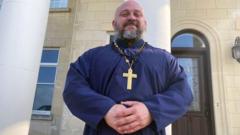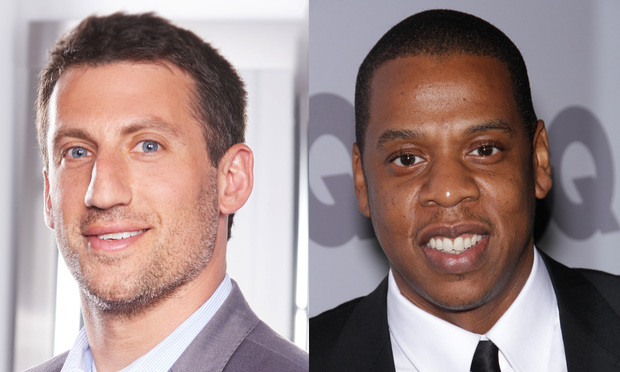In a fascinating cultural development, the Russian Orthodox Church Outside Russia (ROCOR) has recently seen a significant influx of young American men, many of whom are motivated by a longing for traditional masculinity and stability in a rapidly changing society. At the forefront is Father Moses McPherson, whose charismatic leadership has doubled his congregation in a mere 18 months and garnered a robust online following.
In videos, Father Moses advocates for a distinctly virile masculinity, openly criticizing contemporary behaviors he views as overly effeminate—such as wearing skinny jeans or using an iron. With an imposing physique and a background in roofing before embracing priesthood, he directs a powerfully male-driven message that appeals to many disillusioned by modern life.
The trend isn’t just anecdotal; the Pew Research Center indicates that the male demographic within Orthodox Christianity has climbed to 64%, with conversions largely happening during the pandemic. Many of these new followers, like Theodore, a software engineer who once rejected religion, now feel a calling toward the community and its values, rejecting notions that label traditional male roles as "toxic."
As they join ranks, most of these men favor home-schooling for their children as a mechanism to instill religious teachings and protect them from contemporary issues they deem inappropriate. Father John Whiteford from ROCOR echoes this sentiment, viewing education at home as a safeguard against societal shifts he perceives as threatening to traditional family structures.
Despite their minority status in a predominantly evangelical landscape, this movement among Orthodox Christians is gaining traction. Families affiliated with ROCOR appear to be firmly rooting themselves in a conservative stance against what they perceive as a feminized Western culture, leading to significant growth in participation.
To many converts, including Buck Johnson, a former atheist who became intrigued by Russian Orthodoxy during the pandemic, the church represents a refuge of stability and tradition, countering what they see as rampant consumerism and transient values in the U.S.
Meanwhile, the church’s stance towards contemporary geopolitics, particularly regarding Russia, surfaces complicated narratives. Despite the controversial statements of Patriarch Kirill in support of the invasion of Ukraine, many within ROCOR feel a kinship with what they view as the last stronghold of authentic Christian values amid liberal pressures in the West.
As the community continues to evolve, men within these congregations envision a lasting legacy rooted in faith, family, and tradition, in a notable divergence from the rapid changes shaping American life.



















